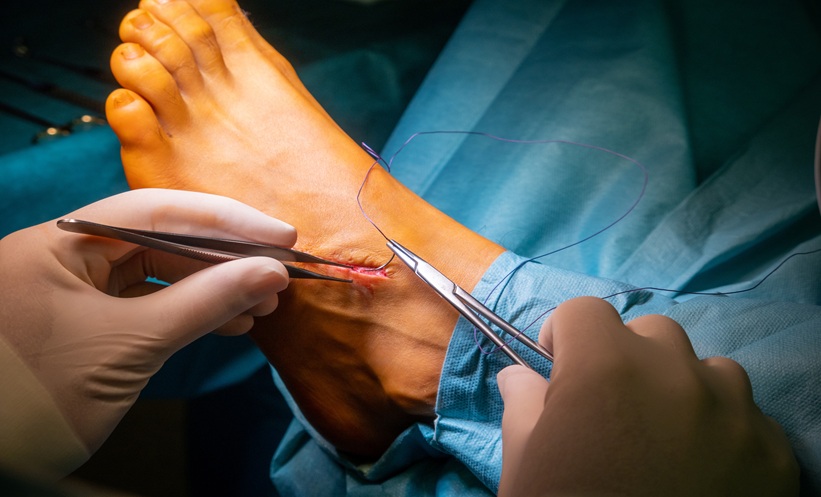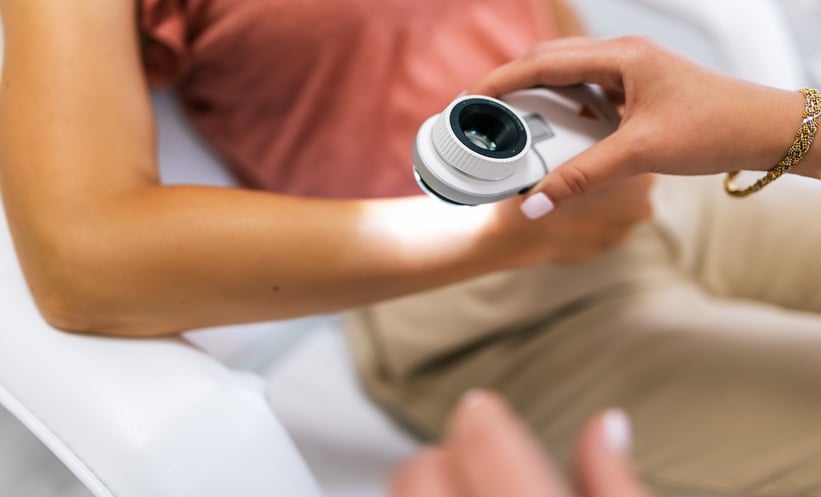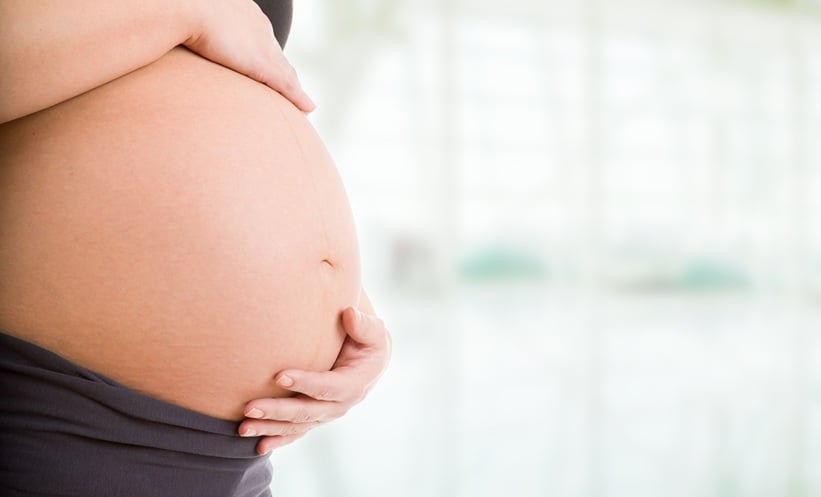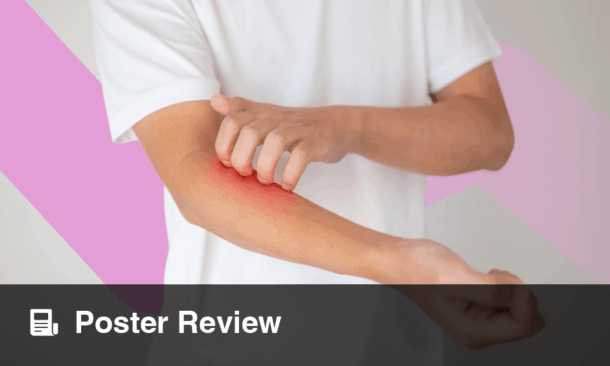Preclinical Evaluation of a Tension Relieving Suture
INVESTIGATORS in China developed a double dermal flap approach called the Split-Level Folding Step-Type Tension-Relieving Suture technique and tested it in an elliptical dorsal rat wound model. The goal was to address wound dehiscence, which often reflects high mechanical tension and suboptimal healing across the closure line. Simple Interrupted Suture and Buried Vertical Mattress Suture served as comparators, allowing direct assessment of whether this new suture technique could better support wound tensile strength and tissue repair.
Mechanical testing and histologic analysis were performed at multiple time points after closure. By increasing dermal contact area between wound edges, the Split-Level Folding Step-Type Tension-Relieving Suture technique was designed to redistribute tension away from the superficial line and toward a broader load bearing interface within the dermis.
Split-Level Folding Step-Type Tension-Relieving Suture Technique
On day 7 after suturing, wounds closed with the tension-relieving suture technique showed a markedly higher ultimate load compared with both traditional methods. The Split-Level Folding Step-Type Tension-Relieving Suture technique achieved a mean ultimate load of 5.225, versus 1.750 with Simple Interrupted Suture and 3.192 with Buried Vertical Mattress Suture, and this strength advantage persisted through day 14.
Histologic evaluation at day 7 revealed more favorable healing patterns with the Split-Level Folding Step-Type Tension-Relieving Suture technique. Sections from this group demonstrated higher histologic scores and more robust collagen deposition than those from the comparator sutures, indicating more organized and mature tissue repair at an early stage.
Implications For Wound Closure Practice
These findings suggest that expanding dermal contact through a split-level folding configuration can enhance biomechanical stability and promote more efficient collagen remodeling during early wound healing. While the current data derive from a dorsal rat wound model, the concept of step-type tension relief may be particularly relevant when planning closures in high tension areas or in patients at elevated risk of wound dehiscence. Further clinical research will be needed to determine how the Split-Level Folding Step-Type Tension-Relieving Suture technique performs in human surgical practice.
Reference: Han Y et al. The Split-Level Folding, Step-Type Tension-Relieving Suture Technique Improves the Wound Tensile Strength. Aesthetic Plast Surg. 2025. doi: 10.1007/s00266-025-05399-2.







